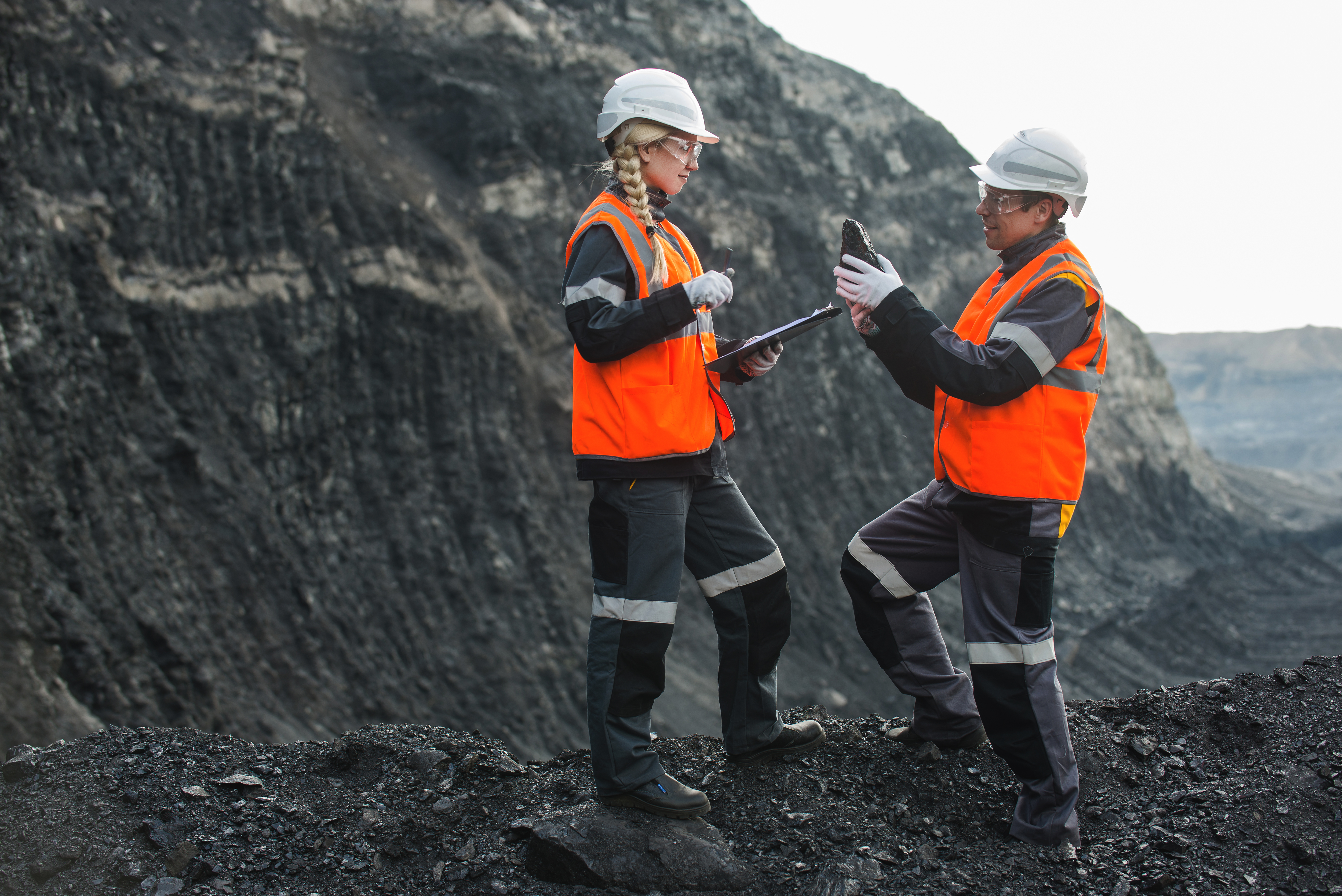Field-Ready Connectivity: Hytera Communication Solutions for Remote Mine Exploration
Business Critical
Exploration teams work where maps end and uncertainty begins—remote fields, rough terrain, and temporary camps with little or no network infrastructure. In that environment, reliable communication is the difference between a smooth day of data collection and a delayed, costly, or dangerous operation. The right communication solution keeps teams talking, tracks people and vehicles, and moves small but critical data back to base—so decisions happen fast and safely.
What is Mine Exploration?
Mine exploration is the process of locating, evaluating, and mapping mineral deposits before large-scale mining operations begin. It's a crucial early stage in the mining lifecycle, involving tasks like geological surveys, sampling, drilling, and on-site inspections in remote and often extreme environments. These sites may be deep in mountainous terrain, vast deserts, or arctic zones, where infrastructure is minimal and weather can be unpredictable.
Exploration teams are typically made up of geologists, drill operators, surveyors, and support crews, all working across scattered locations. Their mission is to gather accurate field data and confirm the viability of future mining projects while ensuring safety in unfamiliar landscapes.

Why Exploration Teams Need Strong Communications
Unlike office sites, exploration areas are often far from mobile networks, so cell phones can be unreliable or useless. For this reason, reliable narrowband voice radios are ideal for teamwork in the field. They give clear, instant voice links for coordination, check-ins, and emergency calls even when there's no cell signal.
The outdoor environment is also complex: long distances, ridges, valleys, and dense vegetation can block direct radio range. That's why repeaters and ad-hoc nodes matter. Devices like man-pack repeaters or pole-mounted repeaters extend coverage by relaying signals across terrain and creating multi-hop networks. Together, narrowband radios plus repeaters keep teams connected, speed response times, and cut costly mistakes caused by missed messages.
Strong communication ensures:
Safety Coordination – Exploration involves potential hazards such as landslides, unstable ground, sudden weather shifts, and encounters with wildlife. Reliable voice communication allows instant alerts, status updates, and emergency coordination.
Operational Efficiency – Teams are often spread out over large areas. Clear, instant voice communication reduces downtime, prevents duplication of effort, and keeps everyone aligned on the day's priorities.
Remote Environment Adaptability – Narrowband radios excel in challenging terrains, maintaining stable voice links even in deep valleys, dense forests, or rugged mountain ranges.
Team Morale – Working in isolation can be mentally taxing. Regular check-ins over radio help maintain team connection and morale, even when working hours apart in different locations.
When your job site is measured in kilometers and your nearest town is days away, dependable narrowband communication isn't just a convenience—it's the backbone of safe and productive exploration.
Hytera's Exploration Field Communication Solution
For exploration we recommend an easy-deployment, flexible network built around portable repeaters (E-pack) and pole-mounted nodes (E-pole), plus vehicle and handheld radios (e.g., Hytera HP70X/HP78X). This combination adapts to moving work locations, links scattered teams, and feeds location data back to a remote command center.
Rapid, flexible networking. Hytera E-pack200 is a man-pack DMR ad-hoc dual-channel repeater that creates multi-hop narrowband networks via wireless interconnection—no fiber or microwave links needed. It's lightweight and easy to carry, so it can move with field teams and quickly extend coverage where needed.
10Pole or wall mounting for extended range. Hytera E-pole200 is a DMR ad-hoc dual-channel repeater designed to bring reliable connectivity to urban areas, wildlands, forests, and any place lacking infrastructure. It supports cascading connections to build multi-hop narrowband networks and can repeat voice on two channels simultaneously. The E-pole200 is flexible to mount on poles or walls, making it ideal for semi-fixed camp sites or high points that expand network reach.
1Location and data sync. Both E-pack and E-pole support GPS upload of location information to a remote center so command can see personnel and vehicle movements in near real time. That makes check-ins, route verification, and incident playback straightforward.
Offline & emergency options. In extremely remote areas, satellite phones provide an emergency voice path when terrestrial links are unavailable. For daily work, the E-pack/E-pole combo keeps voice, short data, and location flowing without heavy infrastructure.
How it works in the field. A scout or man-pack carrier starts a local network with an E-pack. When the crew moves to a new ridge, an E-pole is mounted at camp to extend coverage and relay GPS and voice traffic back to base. Vehicles with mobile radios join the same network, enabling convoy coordination and route tracking.
Closing Thoughts
Exploration is as much about resilience as it is about discovery. While advanced geological tools map the earth's hidden riches, it's clear and reliable communication that holds the team together, ensures safety, and keeps the mission moving forward. In the world's most remote frontiers, a dependable voice link can mean the difference between a successful expedition and a halted operation. In the exploration field, the right communication tools aren't just gear—they're lifelines.






